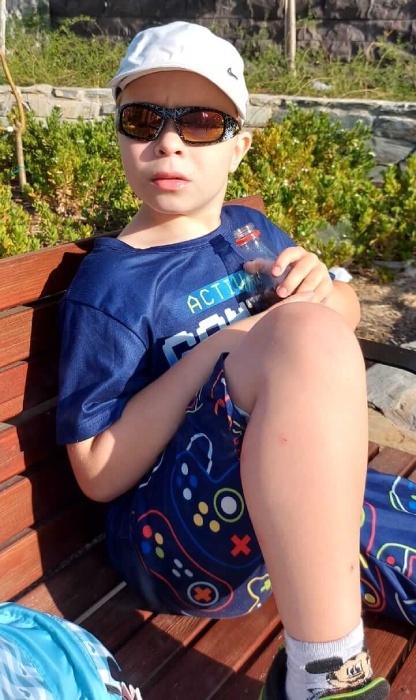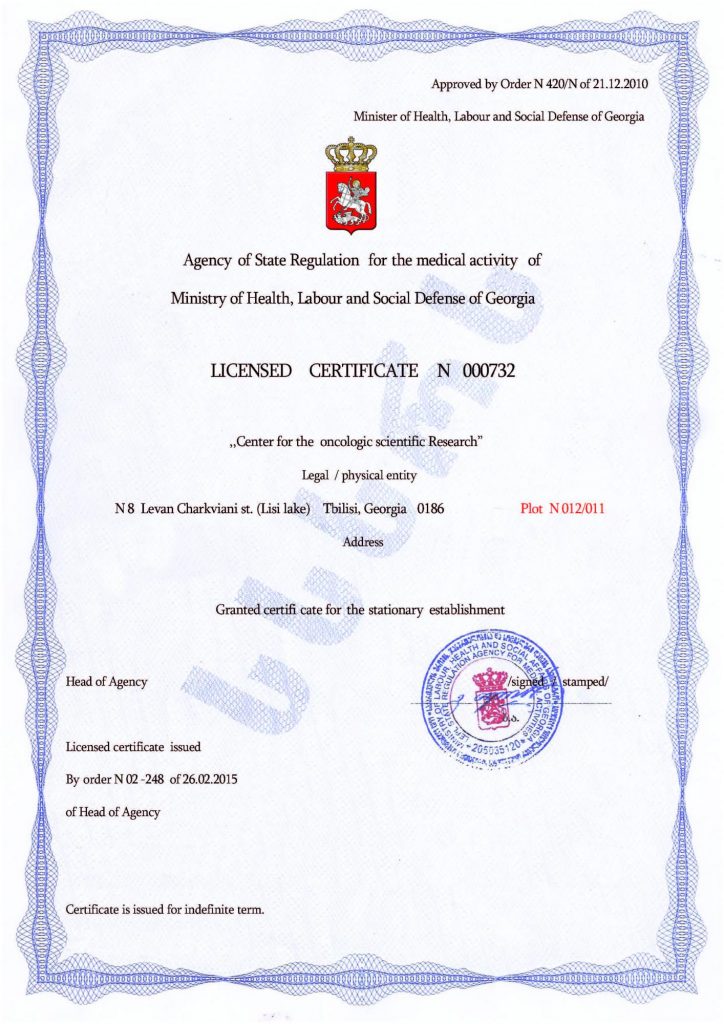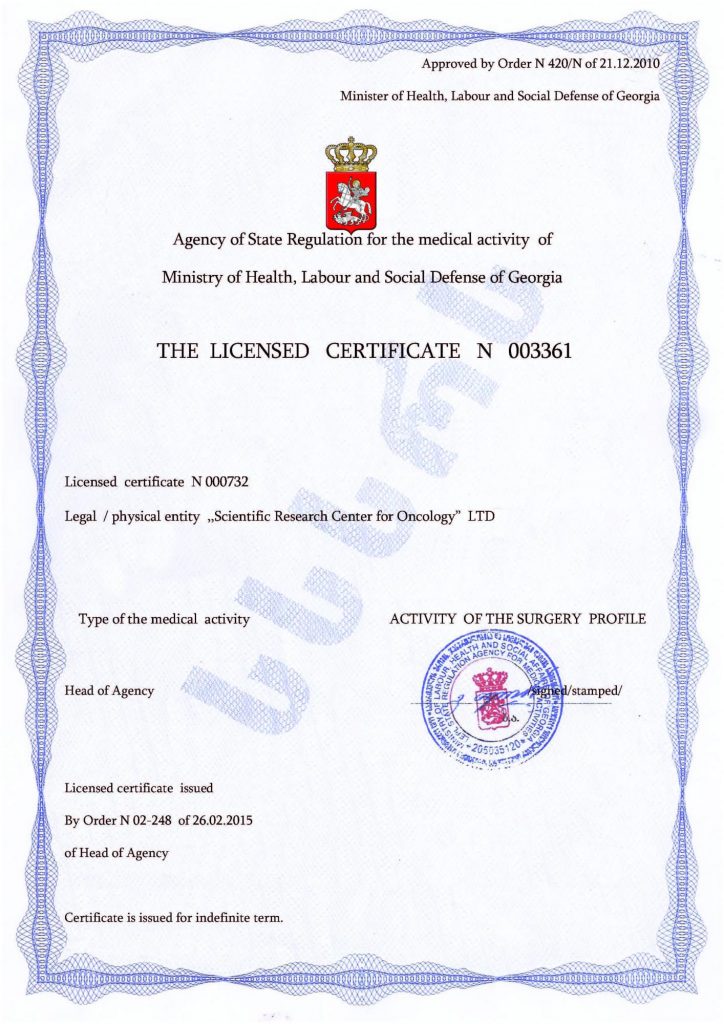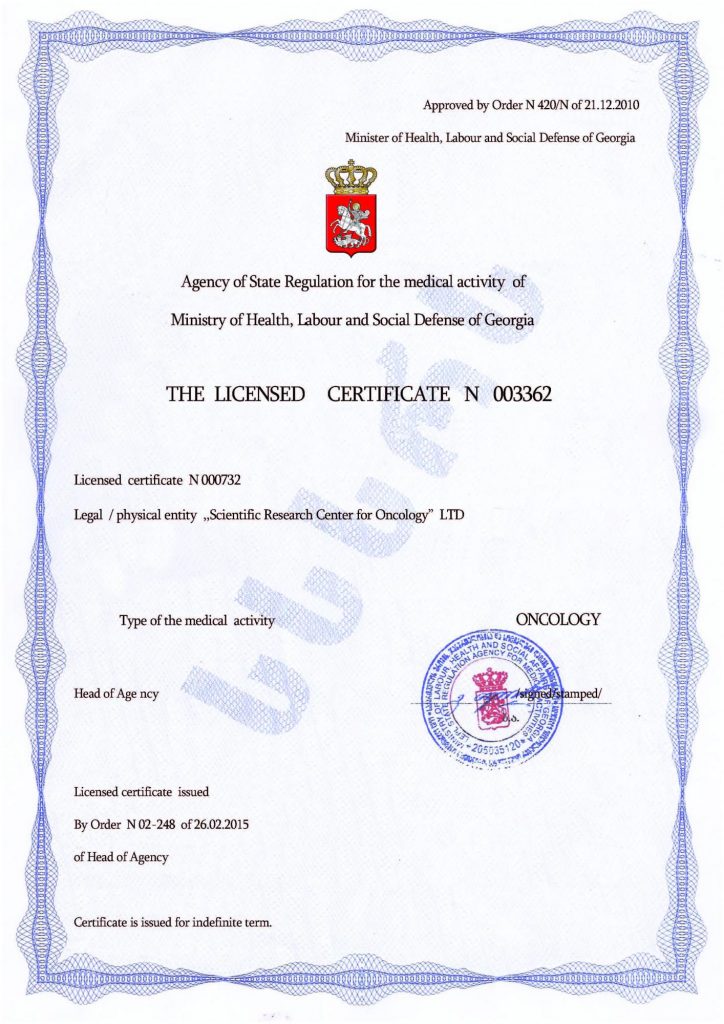Neuroprosthetics in the Treatment of Autism
With the advent of EEG (electroencephalography), scientists concluded that neurons communicate with each other through the transmission of electrical impulses. They also gained more insight into the functioning of the brain, specifically the purpose of its various regions.
At the end of the 19th century, J. Vidal, a professor from Los Angeles who was working at the University of California at the time, introduced the term “Neurocomputer Interface,” suggesting that a technology could be developed to transform mental commands into physical actions. This marked the beginning of the neurotechnological revolution, which is now successfully supported by Elon Musk.
Modern Neuroprosthetics in Autism Treatment
Nowadays, there is much information about autism biochips that can significantly assist in treating this disorder. And not just autism. Neurochips are also being developed for people with various disabilities. The practice of chipping patients with paralysis of the upper and/or lower limbs or spinal cord injuries is quite popular. The chips allow the user to control a wheelchair, prosthetics, or use a smartphone or computer.
In the case of autism spectrum disorder, a neurochip allows:
- Improving neural interaction
- Alleviating some symptoms of the disorder
- Enhancing movement coordination
The Neuroprosthetic Procedure for Autistic Children
The chip is implanted into the patient’s skull. Its size is similar to a small coin. The implantation procedure is carried out by an advanced surgical robot. The chip contains many thin threads that connect with neural circuits in the brain. The chip works via Bluetooth, paired with software.
Neurochipping for autism is beneficial because it opens up the possibility for the child to perform various actions that were previously impossible for them. The operation of the chip positively influences the creation of new neural connections, which supports the child’s overall development and future social integration.
Effectiveness of Neuroprosthetics in Treating Autism Spectrum Disorder in Children
This method is relatively new, so it is not surprising that it has mixed reviews. It also lacks sufficient clinical research to confirm its effectiveness. While scientists are working on this issue, a definitive conclusion will not be reached soon due to the limited understanding of the brain and the causes of autism. A more reliable modern method is stem cell transplantation.
The Mardaleishvili Medical Center is one of Europe’s leading medical institutions, specializing in innovative cellular treatments.
Stem cell correction for childhood autism is a well-researched method. It is suitable for nearly everyone, as it uses the patient’s own biological material, which does not cause any negative immune reactions. For this reason, it has no contraindications. It has been proven that stem cells restore the proper cellular structure of the autistic child’s brain, leading to partial healing and the elimination of many symptoms. Such an effect is not yet achievable with other methods of treating ASD.
Choose reliable autism treatment for children with stem cells – schedule an appointment and a free consultation at the Mardaleishvili Center!
Autism Treatment Center Videos
Autism treatment with own stem cells
Cord blood association congress
International Quality Crown
Autism Treatment Reviews
Autism treatment with own stem cells
The story of Alessandro (6 years old)
Autism Patient Testimonial - Stem Cell Treatment
Clients Testimonials

Anna – Sasha’s mother Read More

Amirkhon’s father — Tokhir Read More
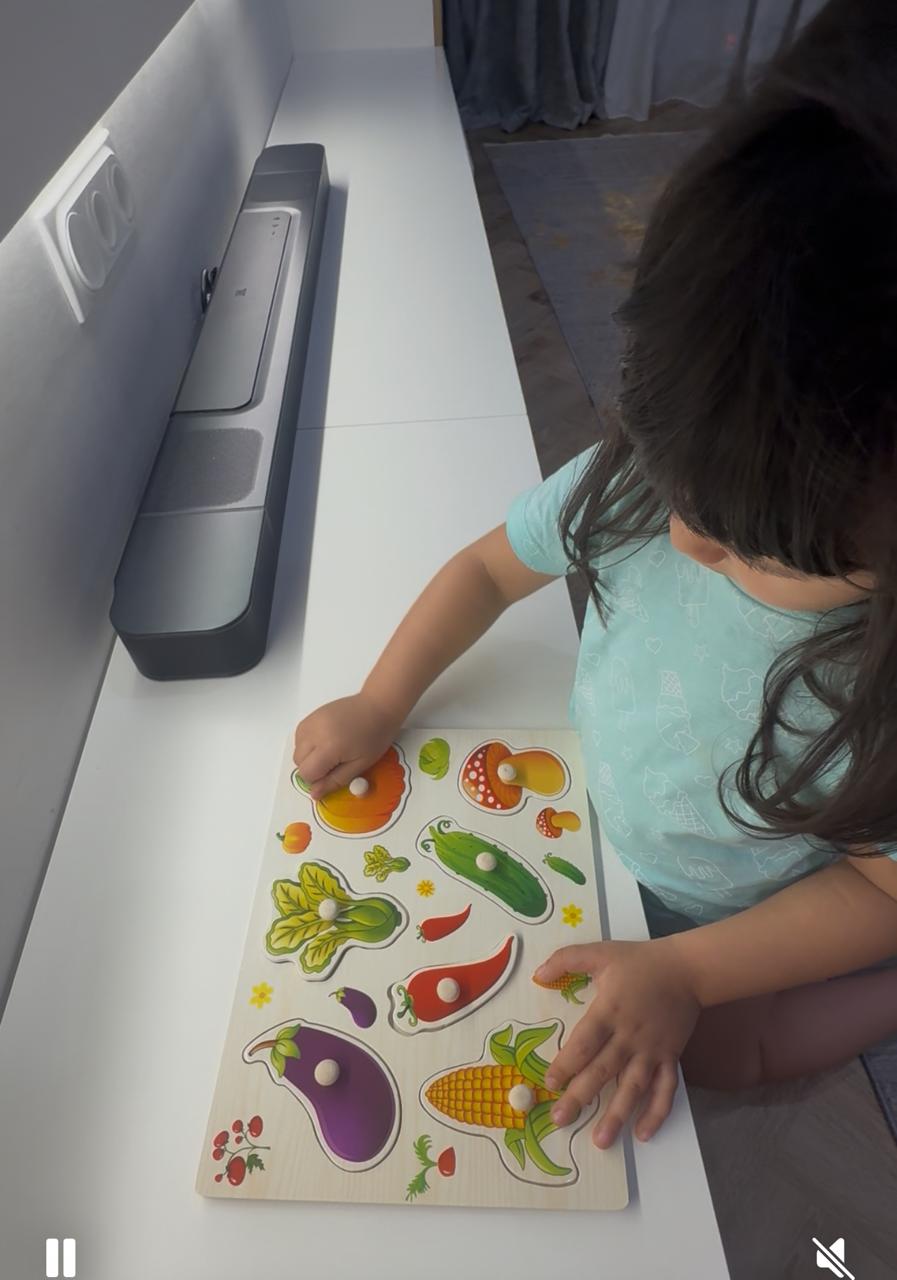
Dilana’s mother Read More

Irina and Stefan – Ilya’s parents Read More
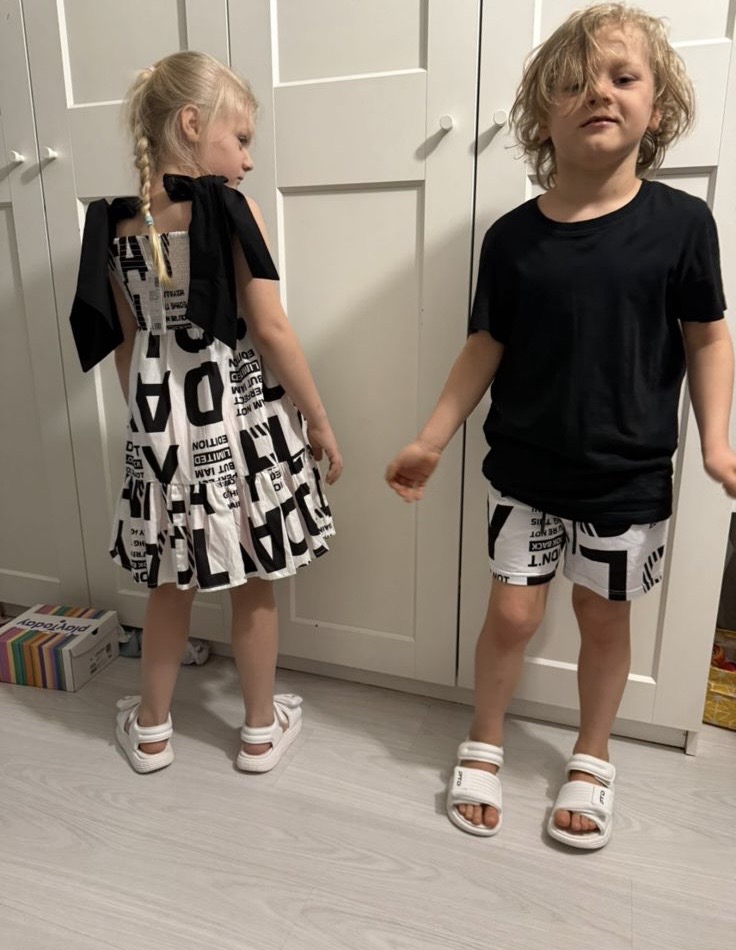
Kristina – mother of Nelly and Nik Read More
